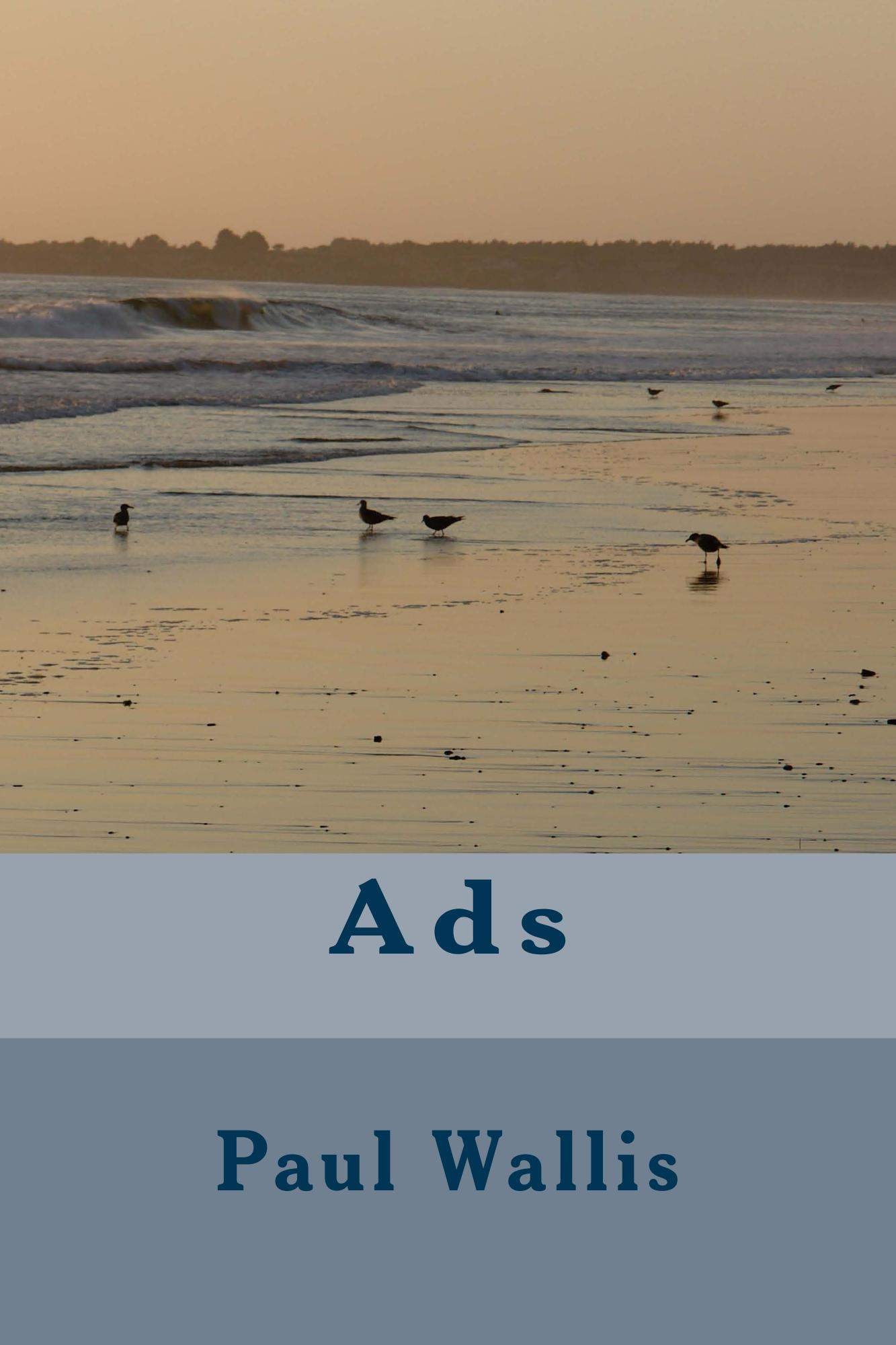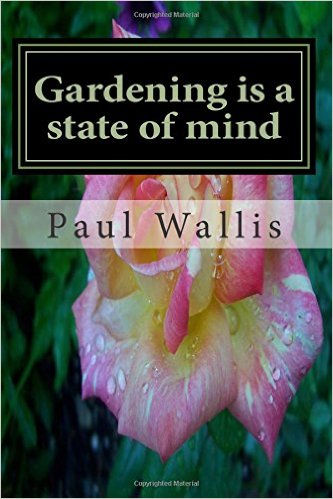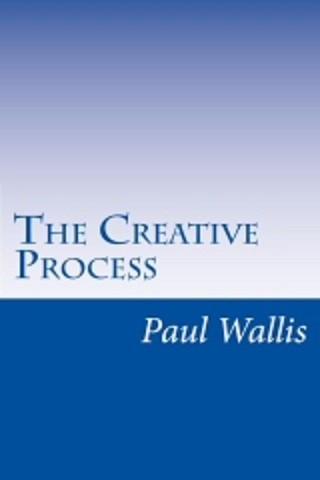
The Creative Process is an odd book. It’s the only book I’ve ever written in lecture form, and I’ve never felt the need to do it again. It just works that way. It’s on Amazon at an almost bearable price. Meanwhile, check out the glitzy “Oppress people with your books” layout. Snappy, isn’t it?
This is NOT a book about “how to be creative”.
What an obscene idea.
It’s about learning to live with the herd of millions of hyperactive elephants that is creativity, and do it on your own terms, even to the point you understand it yourself.
So there.
Note for readers: There’s a lot of solid text in this thing; it’s about 2300 words. Use an auto reader if you’re getting seasick.
CREATIVITY: MEANINGS AND PEOPLE: HUMANITY IS A LANGUAGE.
Creativity is one of the prerogatives of intelligence. It’s a right. It is one of the primary drivers of some people, and the main driving force of civilization as a whole. Everything in human life is affected. Creativity is as much a part of new science as of art. “To create” involves the use of elements within a physical or mental environment to produce something new. Sometimes even a new environment. Sometimes it’s the creation of a new element. Creativity, however, is very much a mental state.
The human mind seems to demand the ability to make new things for itself. It’s a real hardwired survival skill. To make use of what’s available is definitely a primary driver in all human situations. Elements are caused to interact with each other to produce something that didn’t exist before. So; two rocks make fire, so do two sticks. Water filtered with charcoal is safer to drink. These are learned skills, but had to be developed using creative abilities. Defence involved the creation and development of weapons and buildings, and technologies which are the basis of current technologies. The creative skills are retained as sciences and principles, and are still being developed by creative experimentation.
The creative mind is an inherently practical thing. It has to be; it needs to make its ideas work. It also goes beyond the mundane regularly. The most esoteric, pure blue sky ideas are produced regularly. Their practical application is dubious and their value highly debatable. Yet, they are the product of creativity. If that dichotomy illustrates the range of creativity, enough said.
There’s a very familiar personal mental phenomenon involved in creativity. It is sometimes thought that the need to prove the value of a creative idea is a form of addiction, adrenalin added to inspiration. That’s certainly true in the arts, and the sciences. The reward syndrome is in full flower. It needs to be. Arts and sciences are by definition challenges to the mind. Defeat or frustration can be literally shattering experiences. I don’t mean some mass of affectation fluttering around squeaking about a bad review; I mean the hideous gray oblivion of a failed idea, compared to which death is a relatively trivial condition. It’s a serious challenge to the survival instinct.
There are risks in creativity. The emotional structure can be seriously affected, and can be a true liability to the artist or scientist who needs every point of IQ to deal with the problems of creativity. Doubt, in particular, is both a deadly enemy and a dangerously important critical resource. Even success is a risk; an idea can go out of control, with the creative source left like a lost parent, wealthy among the ruins. All this without even addressing the joys of plagiarism and infinite bean counting in media or patents. My advice to creative people would be to kick themselves in the teeth at least once a day, just in case the world forgets to do so. You need to be able to take the knocks. If you can’t handle them, don’t get involved in creative media.
The internal dialogs are a show of themselves. I should mention that for talented people the other side of the equation is that if you don’t kick yourself in the teeth your talent will do it for you. It’s useful, and builds stamina, as well as artistic honesty, but it hurts. Lack of self criticism is a very serious, usually fatal, diagnosis. The benchmark is, if you’ve decided you’re omniscient, you’re definitely wrong.
These are just the ennui of creativity. The internal forces that drive creativity are vast, and not necessarily articulate. They can be purely Freudian, as so tediously insisted by those who just don’t believe there is such a thing as higher thought. They can also be purely emotional, or purely intellectual. The word “pure” has a bit of long-overdue explaining to do; it’s often turned into a dogmatic view of motives. So for the purposes of this part of the equation, they need to be seen as inceptual origins, rather than moralistic definitions.
An idea is a synthesis of elements and logic, or perspective, or both, developed to whatever degree. The creative mind, driven by its motive forces, uses elements in relation to its own drivers. The logic can also be created, as can the perspectives. Any art gallery, supermarket, or car park is a morass of perspectives, designs, logics, appearances, sciences, expressions. The creative product is a guide to how variable logic and perspective can be. Sometimes things which just didn’t exist before are created, and enlarge the scope for creative thought. It is a self sustaining process. Ideas breed.
You’d get a pretty shaky pedigree, though, if you were trying to breed ideas commercially like horses. The slightest difference in perspective can breed an idea.
Have a look at a color chart for the color blue, for example. People have preferences for different shades of blue. Their uses will be different. The context in which the color is used will vary between individuals. Try mixing your own paint, and you’ll find your own preferences soon become convictions. That was in effect a brief history of art. There are few people on Earth more demanding on the subject of color than artists. More than a few of them would look at a color chart and reject it because of their acquired perspective for the uses of blue.
That’s what an individual perspective can do, and it’s relevant because creativity is very much a form of individual perspective. In whatever media you operate, your creativity will start calling the shots in that form. The idea will start to integrate. It may not articulate, though. The creative process has its own language, depending on the individual. Some people develop ideas with logic, others with pure visualization, others with a whole concept synthesized internally. It’s an interesting point that creative methods are so different of themselves. I think some peoples’ internal language works better than others. This is a sort of subroutine, where the process of thought is working on a known format, a virtual reflex. It may be subconscious, but it doesn’t have to be. One look at your own work, and you know what needs doing; that can be both conscious and subconscious.
The idea of creativity as a language is almost unavoidable. Creative people can understand the stresses of creativity in others. They may be totally different people, doing completely different things using entirely different internal mechanisms, but the common factor creates a language.
From language comes meaning. This is actually a bit of a paradox, because languages are supposed to be a result of the need to express defined meaning. In the creative sense, however, there’s a further paradox in that languages had to be created because of the need to express meaning above and beyond the definitions, and that debates about the meaning of creative works have been going since people became able to express themselves.
I love writing disclaimers….
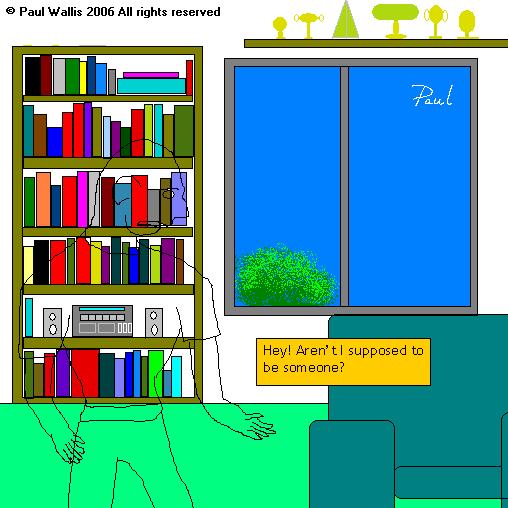
Creativity has a further, perhaps inevitable, trick; with each product it creates something additional, beyond the product. It creates the interaction between the universe and itself and often a whole range of tangential evolutions. Physicists and mathematicians might agree that you can have as many elements in a theory as you like, and it just doesn’t matter what they are if they don’t interact. In the creative sense, everything interacts, whether you want it to or not. That interaction is the life force of the relationship between the product and its environment, and sometimes interactions at a remove from the original product. For example, the 60s was a period of huge creativity. The relationship with that creativity, as far as the event horizons go, is still happening, in secondary and tertiary processes which have interacted and developed far from that base. A lot of activity has been generated by the original Big Bang. So creative products are to some degree a creation of energy as well as objects. Creativity cannot really be passive.
Creative language reflects this process, using terms like light and shade, tone, pitch, load bearing capacity, to describe its product, or entirely new terms necessary to identify the work. Those terms also expand or contract, or die out, as the ideas develop. Ironically, or maybe honestly, the terms used in creative media are also personal. People operate languages on their own terms, when their opinions are involved, and opinions are always involved in any creative process or assessment. What a work of art means to someone tends to reflect the values of that person and their use of the right to express them. The interaction between a painting and the person not buying it is a direct interaction of creativity and perceived meanings. “Why didn’t you buy that?” “Just didn’t like it.” It’s as basic as that, and usually as inarticulate. What it means is that perception, knowledge, opinions, and sometimes assertion of rights to one’s own opinion have been at work. Note, incidentally, that “right” answers aren’t even theoretically part of the interaction. It’s pure personal perspective.
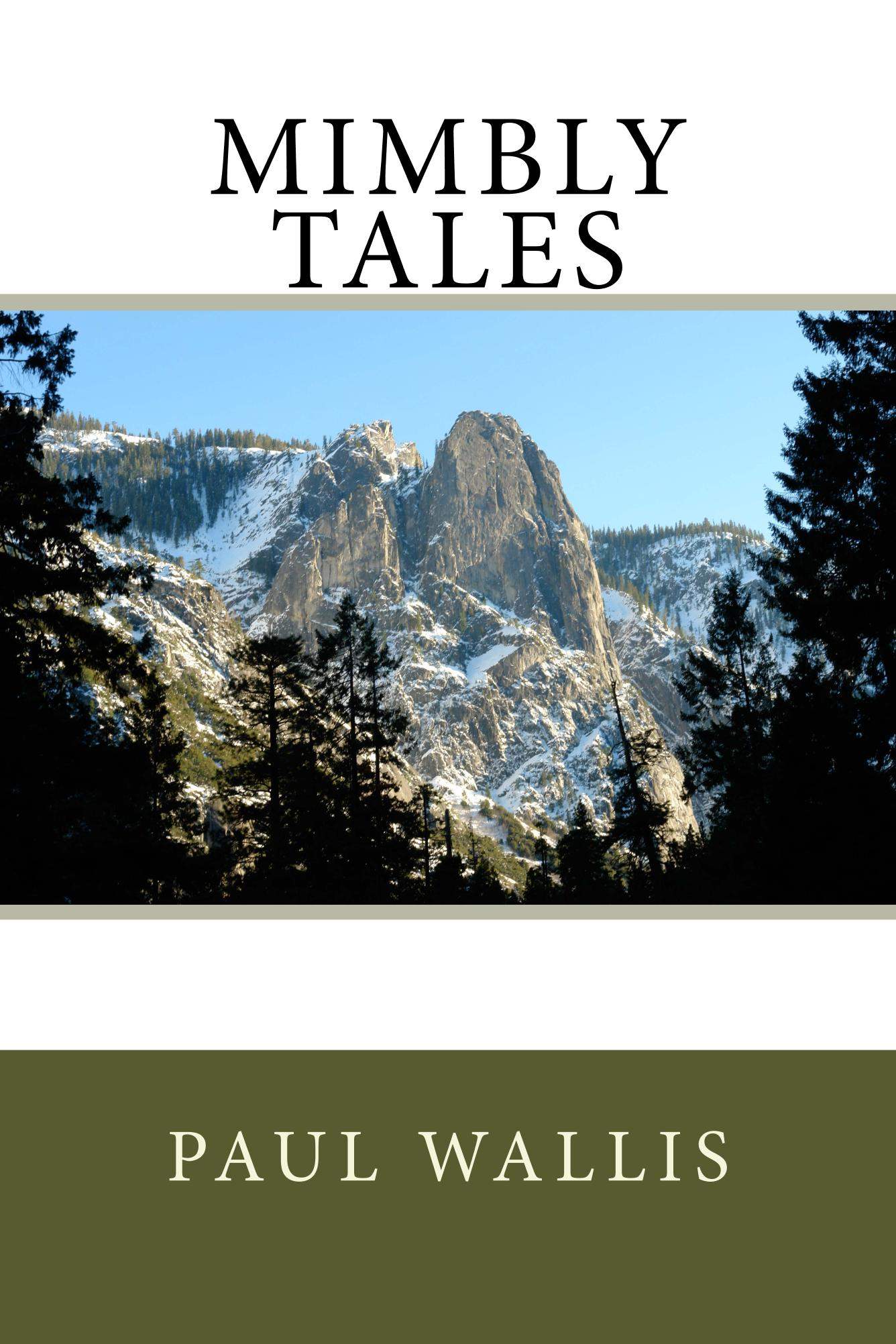 The creative person is sensitized to this process. It gets a lot tougher in some mediums, like writing, when a meaning doesn’t come in a grammatical packet. To express a perspective on global poverty can be done in many ways. It can be simply photographed, reported, or turned into a database with relative ease. To describe the likely ramifications, the meaning of it, is a lot harder. A novelist can follow the life of a six year old struggling with trying to eat, and getting run over in the process. A humanist writer can describe the whole society as getting run over in a larger version of the same process. The meaning exceeds the expression. The reader is getting more than a simple recital of information, and the language is used to make the meanings clear beyond the terms of expression. That’s real writing, not just producing a shopping list of scenes. However, it also means that your audience will be doing their own interpretations. The creative process is something which always goes beyond the source, and creative people should never lose sight of that.
The creative person is sensitized to this process. It gets a lot tougher in some mediums, like writing, when a meaning doesn’t come in a grammatical packet. To express a perspective on global poverty can be done in many ways. It can be simply photographed, reported, or turned into a database with relative ease. To describe the likely ramifications, the meaning of it, is a lot harder. A novelist can follow the life of a six year old struggling with trying to eat, and getting run over in the process. A humanist writer can describe the whole society as getting run over in a larger version of the same process. The meaning exceeds the expression. The reader is getting more than a simple recital of information, and the language is used to make the meanings clear beyond the terms of expression. That’s real writing, not just producing a shopping list of scenes. However, it also means that your audience will be doing their own interpretations. The creative process is something which always goes beyond the source, and creative people should never lose sight of that.
Anyone who’s read Catch 22 would perhaps agree that the real meanings and implications of the book are about ten times the size of the actual book. It’s one of the better examples of creative language. The ideas breed themselves. That’s one of the primary byproducts of creativity; it always creates further thought. It also creates new contexts, new logic, new perspectives, and new problems to solve that hadn’t been seen until those perspectives were created.
Point being that there is a distinction between creative thought and “news”. A fact is subject to qualification and interpretation, neither necessarily accurate, but equally subject to perspective. Creative work creates facts and undergoes the same process. The same mental-language phenomenon is plain. Strangely enough, humanity is a language, too. It reacts to itself exactly the same way. I’m trying here to un-simplify a very lazy approach to both facts and ideas. Ideas become facts. Facts create a lot of ideas. Humanity’s survival instinct always uses creativity to overcome problems. An example of a lack of creativity and simultaneous failure to solve problems would be the Middle East. No new ideas equals no new results.
That’s how important creativity is to humanity. It literally creates the frames of reference for human expression. We are the language we speak. It’s not English, French, post modern, or any other brand name. It’s human. What do we “mean”, as people? If you were a work of art, like Stag At Bay or an odalisque, would you like your meaning? Would you want to be stuck in front of a barn with a pitchfork in your hands and 18th century clothes? How about The Scream?
That’s the Godzilla of creativity; the fossilized “meaning”. Thought, and therefore life’s ideas, can be entombed in clichés and dogma. Perhaps you know a society like that? Humanity does that to itself. It’s slander, usually, over-simplification and literalism gone mad, but that’s the big dumb monster that comes out of the water and prevents people from living. To survive, a creative idea has to be able to live with that. The creative mind, which is sometimes more honest than could be good for it, will fight this Godzilla, and if it gets stomped on, it just keeps fighting, because it’s for survival.
A few thousand years from now, people will still be trying to define creativity, and they won’t be any more successful, because it never sticks within its own definitions. That’s why it survives. People learned to survive by becoming something other than snacks for predators, too. Odd how these creative things always seem to lead somewhere.
Now– a project. In no more than ten words, try and describe everything you love. Try and make it into a coherent sentence, if possible. No quotes; you need to do this yourself. This isn’t a gimmick. This is a demand for expression. The best expression is so honest and so accurate it’s an achievement of itself. Anyone can drivel. If you asked me for a 100,000 word book about a house brick explaining what happened to the Marie Celeste I’d say it was too easy. This is hard. This is about real expression of real feelings. It’s the essence of creativity. Don’t worry, we’ll all get together and pick your feelings apart… it’s a pretty authentic sort of course.
Questions?
